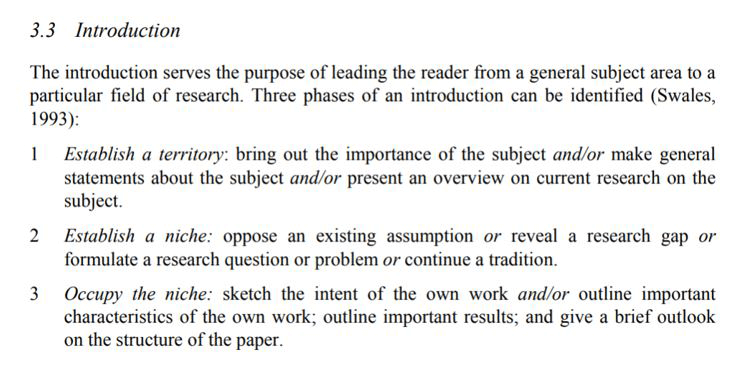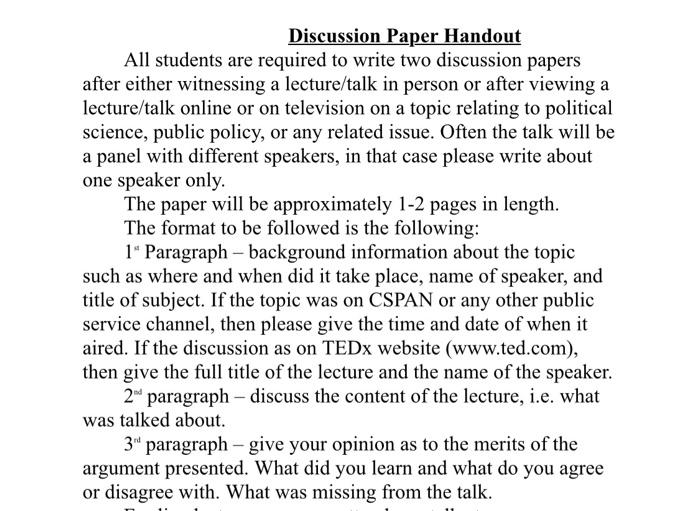If you’re wondering how to write an abstract for a research paper, read this article to get started. The purpose of an abstract is to inform the reader about the paper’s content. Typically, it is one to three sentences long, although the length can vary depending on the paper’s length. Here are some tips:
An abstract should be informative, but not replete with unnecessary details. Make sure it is concise and matches the main body of the paper. While you might be able to evaluate the clarity of your own abstract, colleagues from other disciplines may be able to give you a more objective opinion. Try submitting your abstract to a couple of journals to get feedback on its clarity. This way, your abstract will be read more often.
Keywords are a crucial part of an abstract. Keywords help indexers and readers find the manuscripts they need. Keywords should be descriptive and relevant to the paper’s industry and discipline. Use at least three keywords, but no more than ten. Mahboobi et al. (2010) recommend using no more than 10 keywords. A research abstract should have relevant keywords that are both specific to the discipline and the paper.
Make sure your abstract follows the rules of the target journal’s website. In addition, it must adhere to APA style. Some publications have their own style for abstracts. Others have general guidelines that apply to all abstracts. You should follow these guidelines to ensure your research paper is accepted. You may also want to consult an abstract book page. These resources will help you write an abstract for a research paper.
When writing an abstract for a research paper, it is a good idea to write it after you’ve finished the full draft of the paper. Providing a summary of your paper’s content will make it easier to understand what you’ve written. After all, the abstract is the single most read part of a research article. Therefore, you should cover all the major points in an abstract.
The next part of your abstract outlines your research purpose and objectives. Here, you need to explain how you plan to conduct your study. The methods you use will depend on what the research question is. Make sure your research objectives are clearly stated, and use verbs such as investigate, test, and analyze to describe the results. Never refer to future research or the future. You may also want to include recommendations based on your findings.
Lastly, your abstract must convey the key findings of your study. The research topic, problem, research objectives, methodology, results, and methodology must match. Keeping these in mind, you can make an abstract that’s worth reading. This article also contains sample abstracts that you can use as examples. Make sure you know what you’re talking about before writing your abstract. If you’re writing for an academic publication, keep these tips in mind.
When writing your abstract, consider your audience. Some researchers prefer a descriptive abstract. This type of abstract is usually less descriptive, describing a specific type of information in your paper. They may include keywords and a short summary of the purpose, methods, and conclusions. An informative abstract, on the other hand, focuses on the arguments made by the paper and the implications of the research. Often, this type of abstract is less than 100 words long.
In the abstract, the main points of the entire paper are summarized. It is essential that readers understand what the research paper is all about before reading the full paper. It should also convey key ideas and suggest possible applications for the findings. The goal of an abstract is to attract readers and make them want to read the rest of the article. An abstract is important for journal articles, conferences, and other academic documents.




